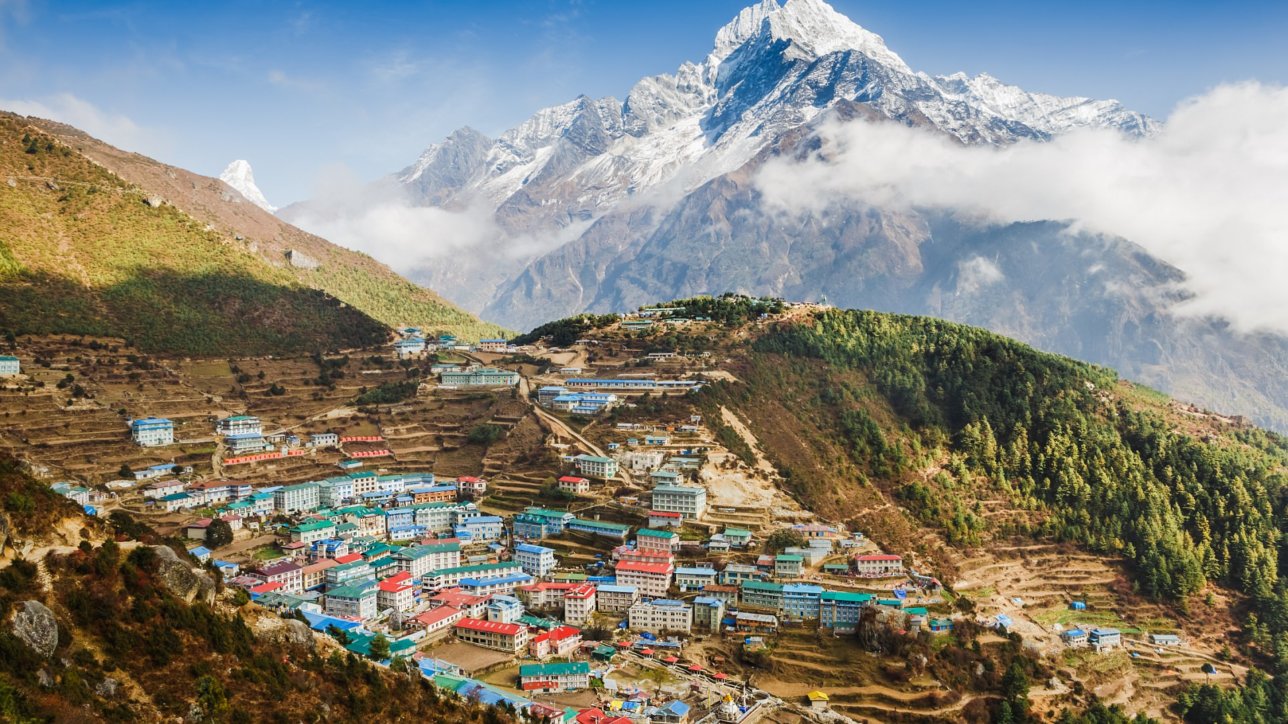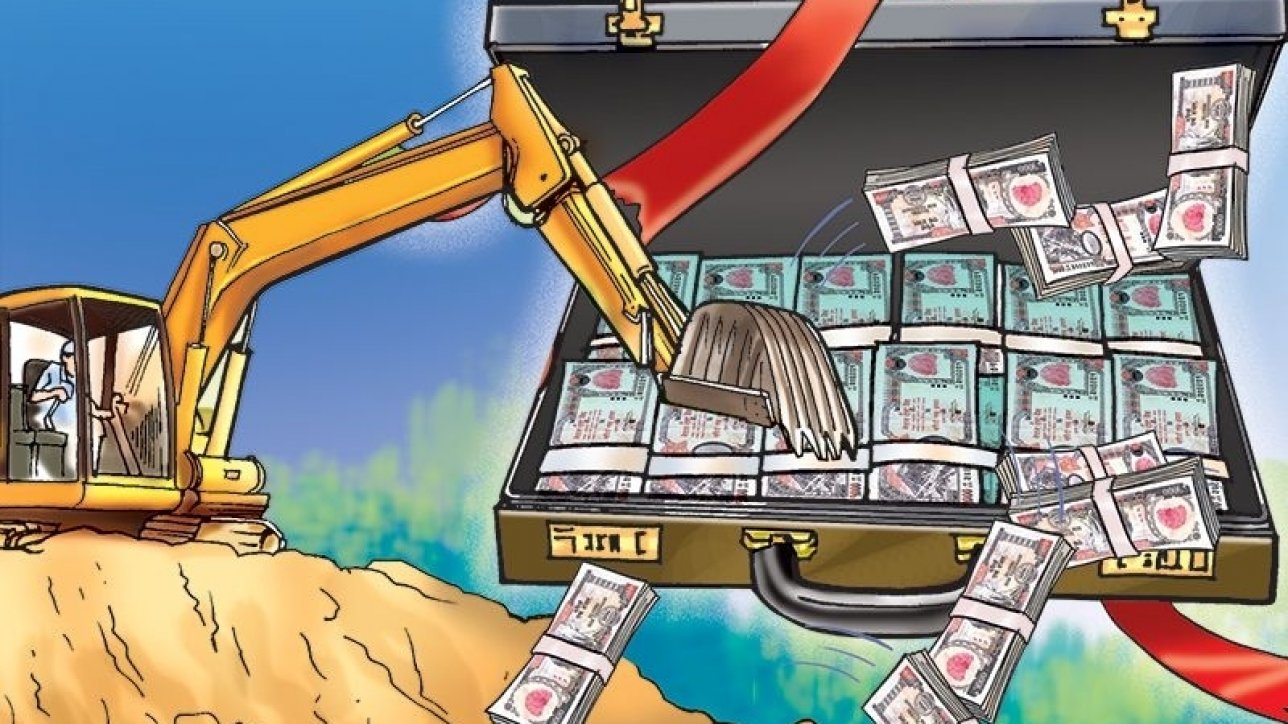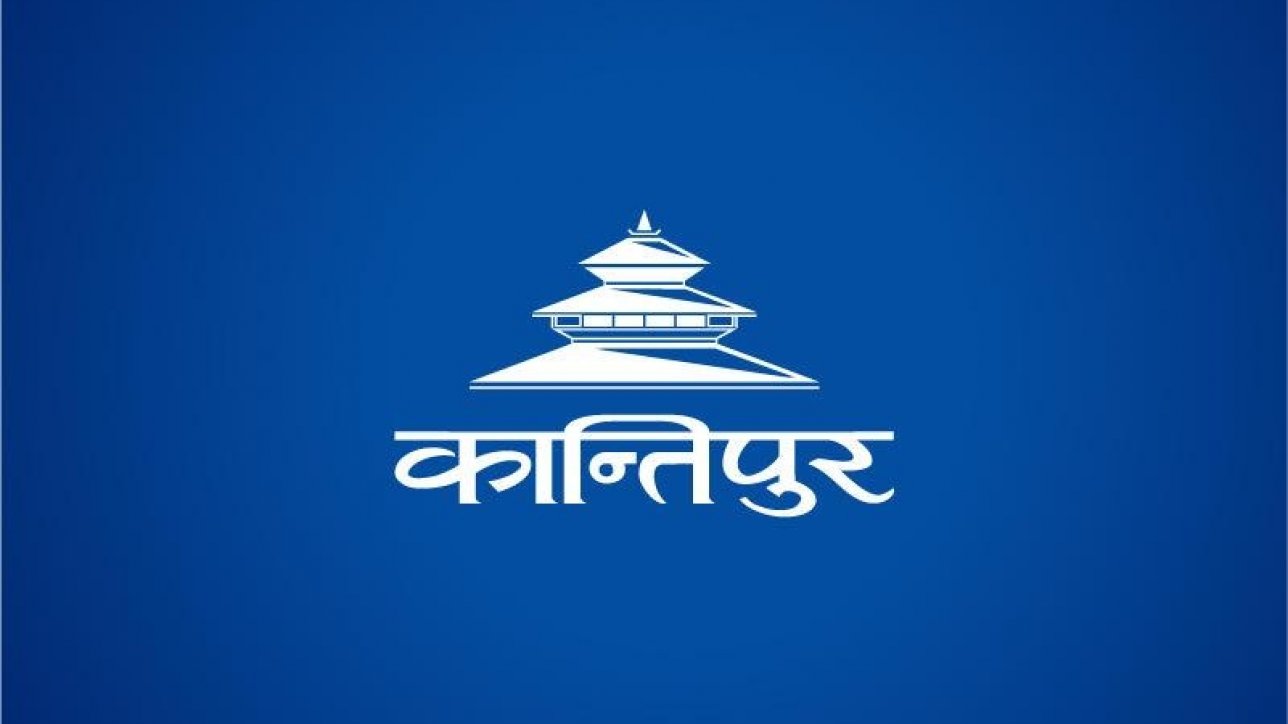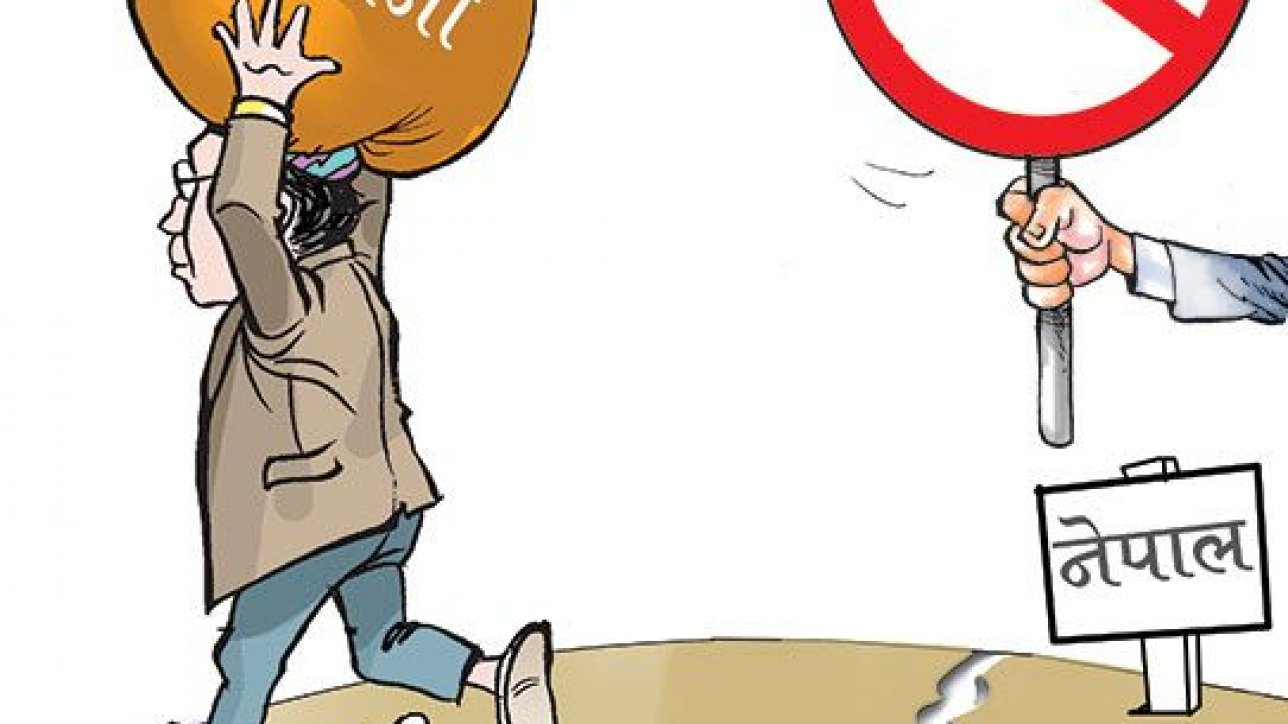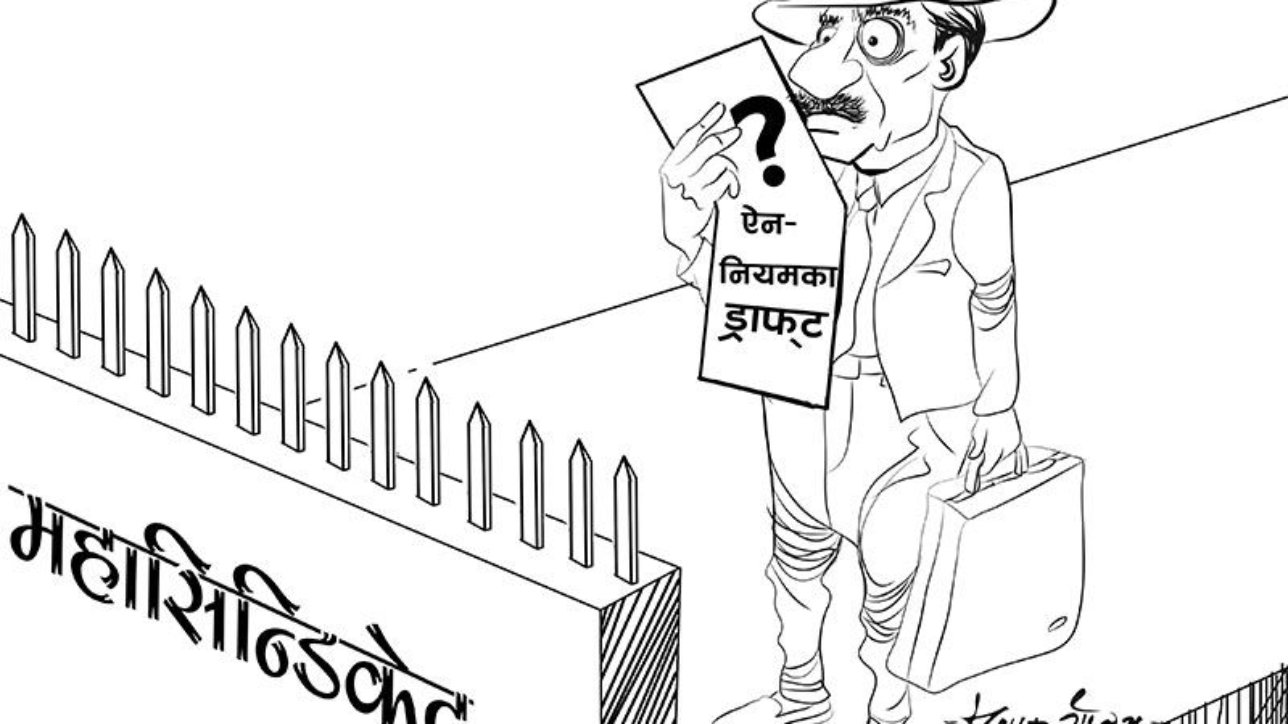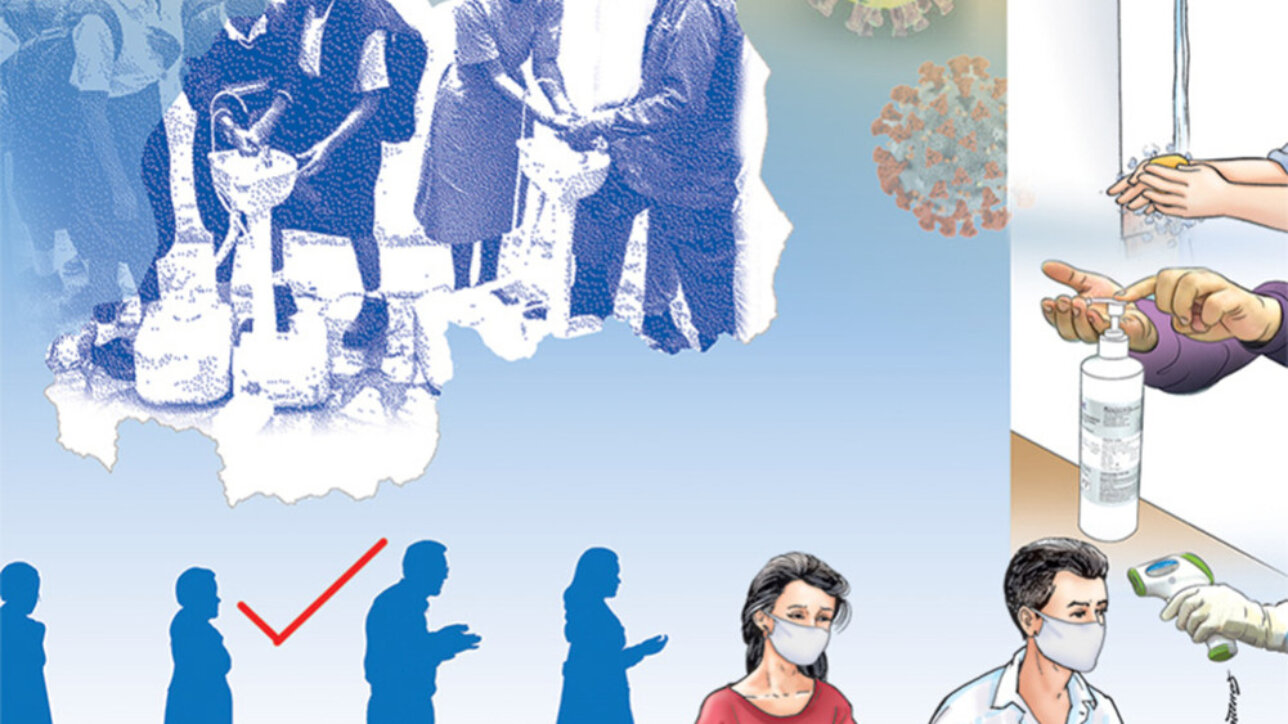-
23 Mar 2017
- 4 min read
Nikkei Asian Review
-
11 Apr 2017
- 4 min read
Nikkei Asian Review
-
27 May 2020
- 4 min read
Nikkei Asian Review
-
22 Sep 2017
- 10 min read
Kantipur
-
1 May 2018
- 11 min read
Kantipur
-
11 Jun 2018
- 11 min read
Kantipur
-
5 Feb 2019
- 11 min read
Kantipur
-
22 Mar 2019
- 12 min read
Kantipur
-
13 Jun 2019
- 7 min read
Kantipur
-
4 Sep 2019
- 10 min read
Kantipur
-
16 Nov 2019
- 9 min read
Kantipur
-
14 Oct 2020
- 12 min read
Kantipur



